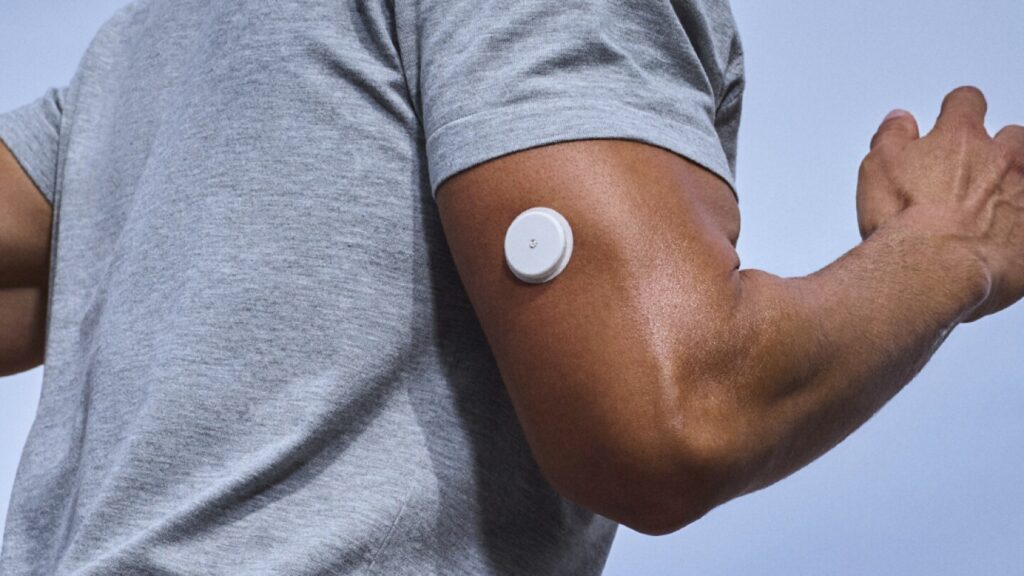A quarter-sized device for continuous glucose monitoring (CGM) is generating excitement in wearable health technology. This small patch provides real-time insights into blood sugar levels, offering significant benefits for diabetics—more than 38 million Americans—who face serious health risks from high blood sugar. Health Secretary Robert F. Kennedy Jr. emphasizes the empowerment such technology can offer in helping individuals manage their health.
Though primarily designed for diabetics, the device is gaining traction among non-diabetics, driven by marketing efforts from notable figures. However, experts like Dr. Jody Duchey caution that evidence for its effectiveness in healthy individuals is minimal, warning that it may produce misleading data and create unnecessary health concerns.
The CGM sensor, which is painlessly inserted under the skin, measures glucose levels in real-time, sending data to a smartphone app to help users track dietary impacts on their blood sugar. While these monitors have revolutionized diabetes management since their inception in the 1990s, their recent approval for over-the-counter use has attracted interest from a broader audience.
Healthcare professionals suggest that while the monitors can aid those with risk factors for diabetes, such as obesity or a family history of the disease, they may lead to confusion among healthy individuals who are motivated by curiosity rather than medical need. Experts emphasize that the device should not be relied upon for diagnosing or treating conditions, and users are encouraged to consider their motivations before using a CGM.
Source link


